Jason Kelly: “Businesses owned by black people are not very visible in UK society”
In his latest Four Corners column, which profiles designers from the African Diaspora, Jon Daniel talks to designer and art director Jason Kelly, whose career took hold as hip-hop culture gathered momentum in the 80s and 90s.
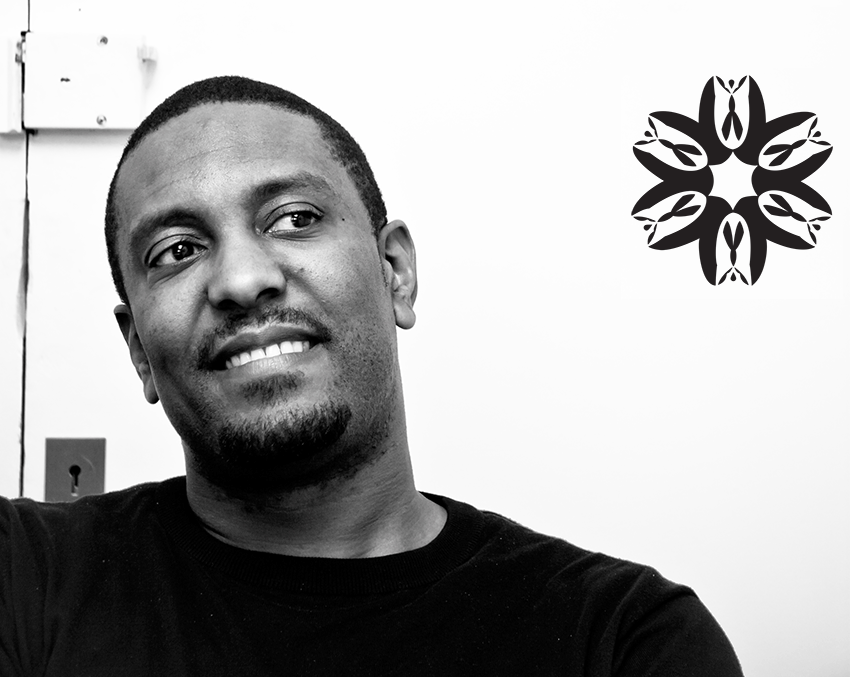
I first met this talented designer in the mid 90s at a leaving party for a friend who worked at the Sunday Times. Certainly at that time, I was only aware of a handful of black designers working in the mainstream magazine industry and when I finally got to see his work, I was extremely impressed. It was no surprise that he would eventually spread his wings and branch out on his own. Since then he has applied his skills to a raft of creative work, not only for niche and mainstream brands and individuals, but also launched his own designer apparel line too. Please be upstanding and pay some respect to Mr Jason Kelly.
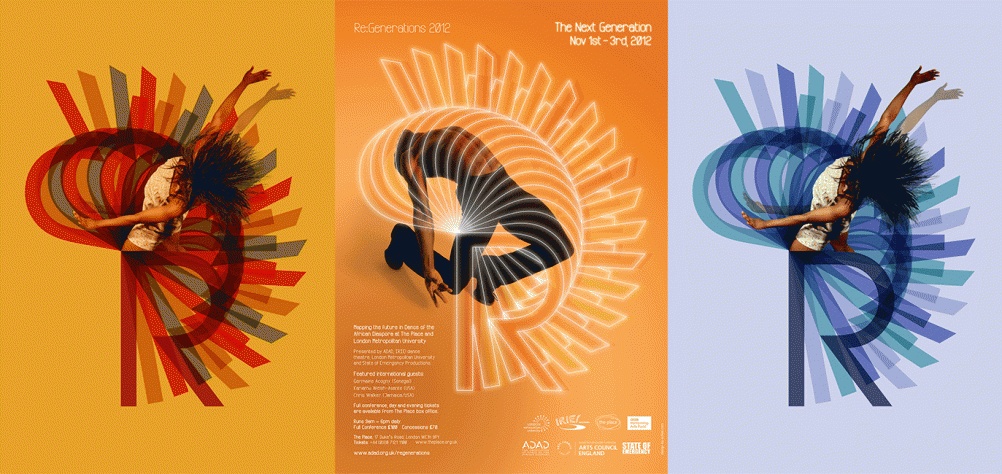
What’s your background?
My parents are from Jamaica and arrived in the UK in the late 60s where they met. My dad trained as an accountant and worked in the city and my mum was a secretary. I was born in Hackney, London and spent my formative years in East London.
I studied at Barking College and Newham College before graduating with a degree from London College of Printing (LCP) – now London College of Communication.
The national diploma course at Barking was an introduction to all areas of design, photography and illustration but I didn’t really enjoy it much as it felt quite restrictive at the time. Newham was a great college where we had fantastic lecturers who taught us how to solve creative problems with sound concepts. LCP was where I learnt how to make things look slick and had a pretty good social life. It was also great to meet and study with people from other European countries.
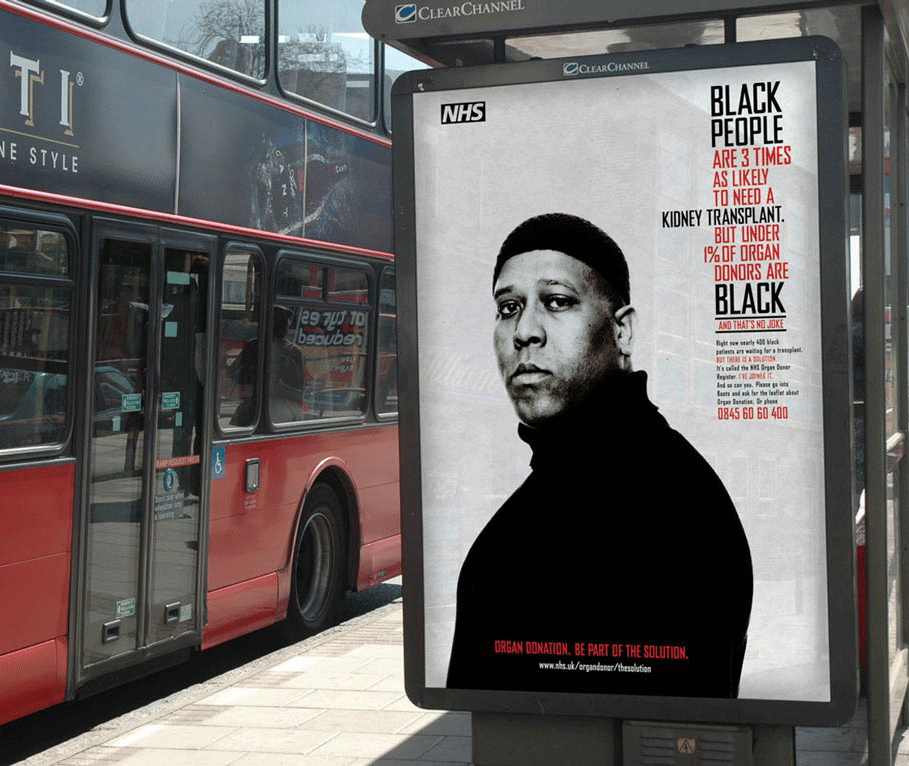
How did you get started in your field of expertise?
I got into graphic design through my love for drawing as it was the only subject that I could concentrate on while still listening to music. I have always had a passion for music. I guess growing up in a Jamaican household with music always being played, particularly at the weekend, had a profound effect. Listening to jazz, reggae, funk, disco and rock tuned my ear. I was always fascinated by the cover art and loved the imagery that represented these artists that my parents listened too.
Hip-hop culture of the 80s and 90s also had a major influence on my creativity and I went from drawing marvel comic books to creating my own graffiti and tagging. I was considering kerning and letter spacing before I even knew what it was. Submersed in this culture from the style, dance, music and art, I was a 360-degree b-boy and this mindset is still a integral part of my creative approach.
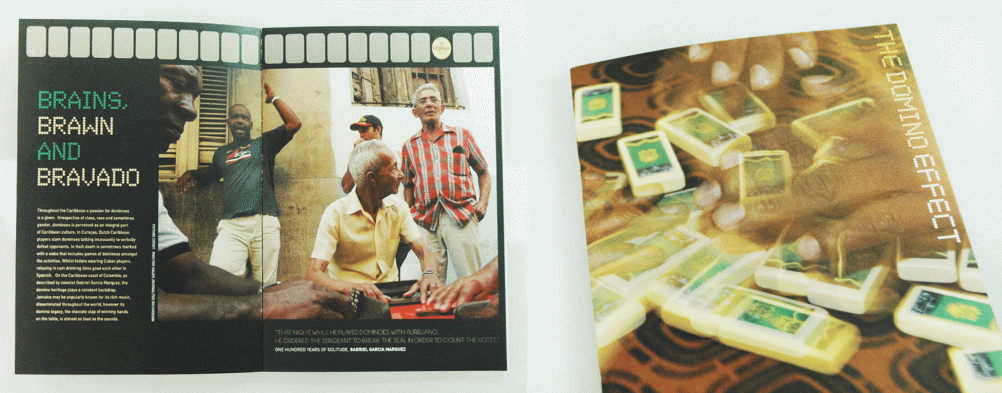
What challenges did you face/overcome in getting into the industry and achieving your ambitions?
After graduating from Newham, it was hard to get a design job and I had so many rejection letters from companies I contacted. That’s when people still wrote letters! I ended up working as a sign writer in a supermarket called Food Giant in Walthamstow. I really enjoyed it but this was the time of the Apple Mac taking a grip on design so I felt I was going backwards. I left the role and did a placement at The Voice newspaper and then returned to college to do my degree at LCP.
After graduating my first job was as a designer at GQ men’s magazine. I felt quite fortunate to start my career in such a prestigious company as Condé Nast. I remember going into the reception thinking, “There is no way I will ever get a job here”, so I was probably quite relaxed at the interview. Getting that job was one of the highlights of my career. I went on to work at The Telegraph Group as a senior designer and I became deputy art director at Condé Nast Traveller, which was my last employed role before I started Ochee design.
The biggest challenge I found was work politics, which I never really understood!
You seem to have to take sides to get on and manoeuvre your way through some companies. People would put on fake personas to get on. I found this really strange as coming from Jamaican parenting, you either take me as I am or you don’t. I am me, I don’t have two faces. As I didn’t really follow their mindset, it probably confused some of my colleagues. Not knowing who to trust can be quite exhausting when you have to spend pretty much the majority of your day in this environment. I just wanted to go to work and do my job to the best of my ability.
One of the reasons I started Ochee design was to do more varied work as I felt stifled by publishing’s parameters. Ochee has been the most rewarding and challenging thing I have ever done. I have learnt a lot about business, life, people and the challenges of a black-owned creative practice. I understand the rules are not the same for my white counterparts, no matter how talented or competent the organisation may be. I think this comes down to perception and expectations of black people – particularly males. Brand “black male” doesn’t necessarily get the best press – plus black-owned businesses are not very visible in UK society so I noticed people seemed a bit shocked when I would say that I am the owner. However, I found that I generally was more successful getting business from women than men. I had many occasions when I was recommended by clients and it all seemed great – until I walked through the door. People can be very polite but you know when someone is seriously going to buy from you or not.

Who and/or what are your greatest inspirations and influences?
I remember this question being asked to me by the late Michael Vermeulen (former editor at GQ) who gave me my first job. Apparently my answer to this question was why he gave me the role (I was told afterwards) and it hasn’t really changed. Creatively, I am pretty much inspired from what’s around me from fashion, music, film, art, history, etc. It’s hard to nail it down to one specific thing or person.
My parents are probably my biggest influence due to their work ethic, which they have passed onto me. My children inspire me every day to keep going even when things are difficult.
In terms of design, I think Creative Hands – a design studio from the late 80s/90s run by Everton Wright – was pretty inspirational for me; to see a black-owned design practice when I was studying was very positive.
My time at GQ was educational. I worked under two art directors and nearly three editors in just over two years, observing the way they all worked so differently but got the job done. My time there made me appreciate good writing and what it’s like to work with a high calibre of talent from photographers to illustrators.
I have been using Macs as a work tool since 1989 so I have witnessed the journey and enjoyed the ride from my Classic to LC, Quadra, Powerbook and of course the i-Phone. So I would also have to pick Steve Jobs of Apple as someone who has married creativity and technology with business. He valued design in his products and appreciated how it creates emotion in human beings.
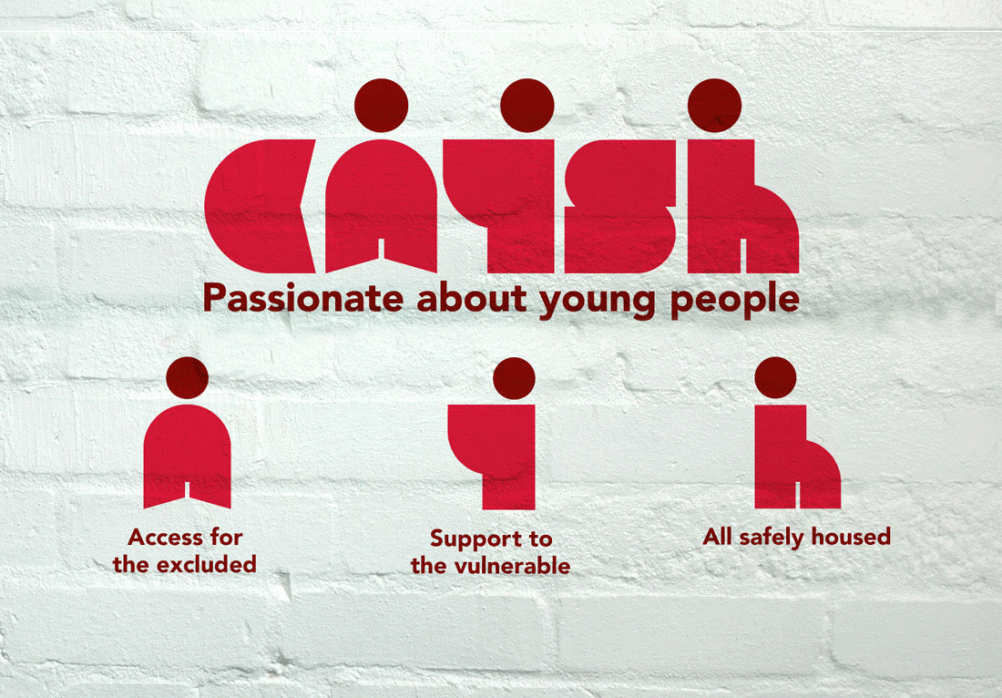
What is your best piece of work or the project you are most proud of?
I feel proud to have created promotional materials for the London 2012 Olympic Games. I feel honoured to be associated with an event of that scale. I am also proud of the work produced in the health and charity sector, particularly Asthma UK. The best piece of design work would be a rebrand for a young people’s housing association, called CAYSH. Due to the strength of the original creative it’s still going strong today. I also like the work I did for Association of Dance of the African Diaspora (ADAD).
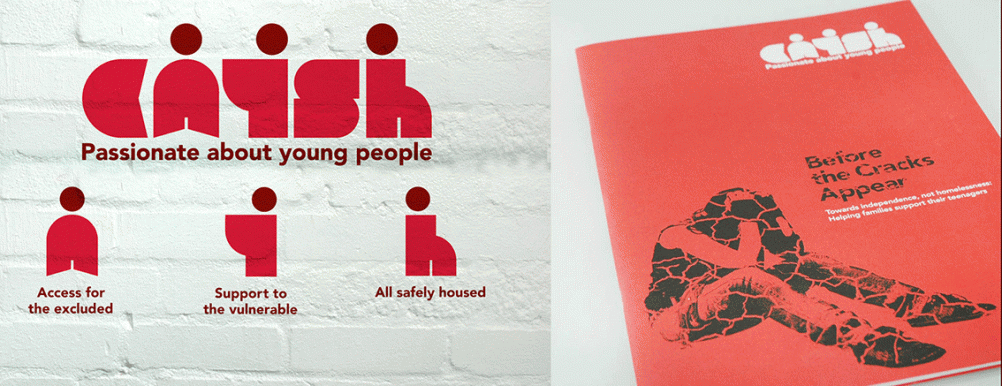
What would be your dream job or project?
I created my own apparel range, which was well-received but the current economic situation isn’t the time to start new brands unless you’ve got very deep pockets. However, after that experience I would like to create my own sportswear brand. I’ve got the ethos and designs but I need a serious backer – so feel free to get in touch.
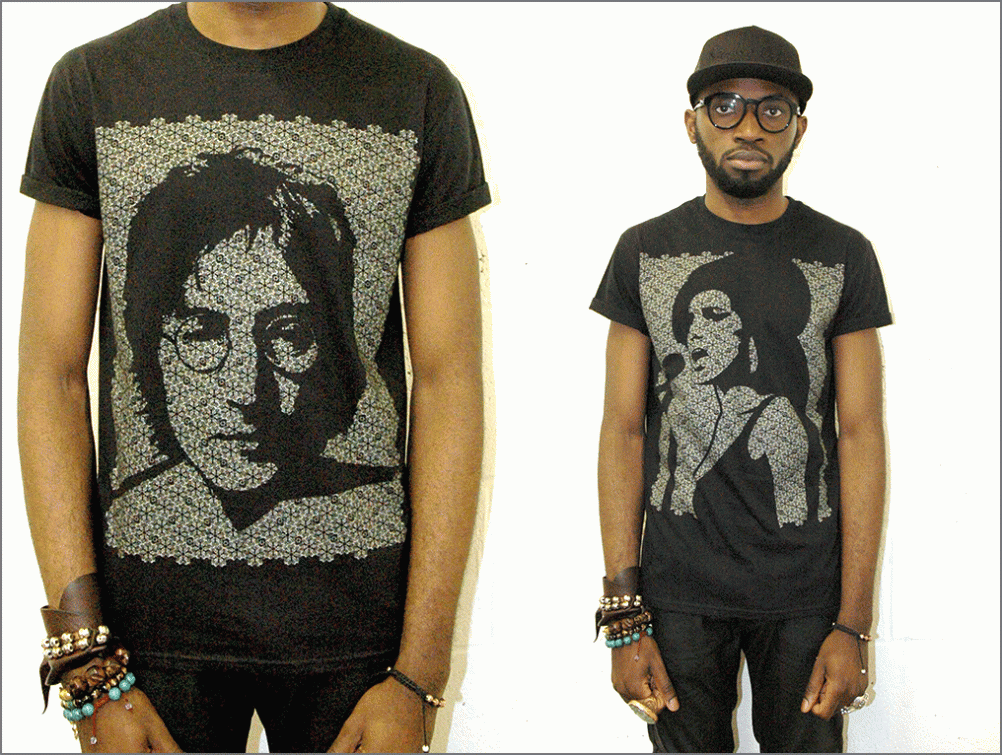
Who are some people in your field that you believe deserve credit or recognition, and why?
This is a difficult one but I think this column goes a long way in highlighting untold creative stories from an unheard creative group. However, if I had to select anyone it would be Everton Wright of Creative Hands and Darker than Blue. He gave me a lot of belief as a young designer and in pursuing a career as a creative business man. The other would be John Glasgow, one half of Vault 49. I recently had some dialogue with him and was really impressed with what he has achieved with his company.
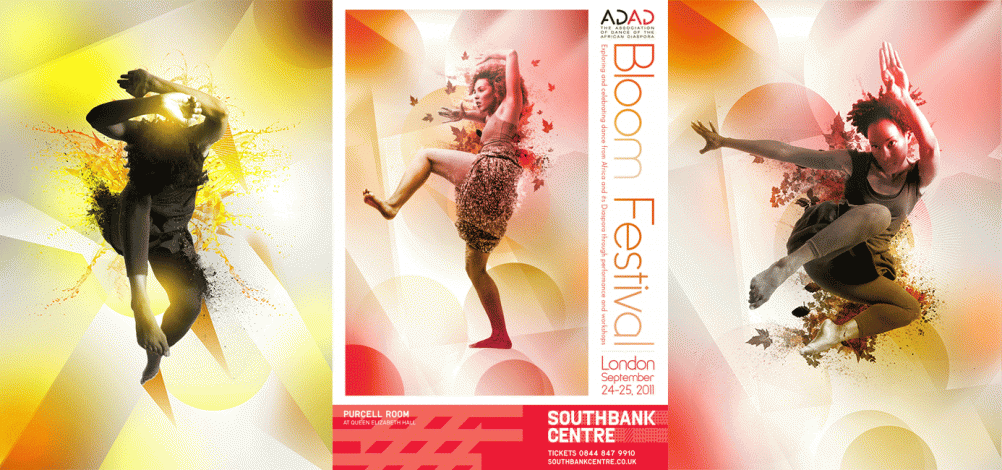
What’s your best piece of advice for those wanting to follow in your footsteps?
Hip-hop had a massive impact on me, creatively touching on design, dance and music, and I feel blessed to have been a teenager at the beginning of this art and cultural movement. The early mindset of hip-hop was that you had to be different from your competition, create your own lane. I think ultimately that’s what creativity should represent – being different.
What’s next for you?
I’m currently trying to build my business up again through these times of austerity. I started my business from my bedroom in 2003 and now I’m trying to reboot it again from my bedroom. The experiences I have acquired over the years from running my own business will hopefully give me a good platform to continue on with this creative journey while staying true to myself.
For more information visit: www.ochee.com
Network:
EUROPE:
CELEBRATING AFRICA: A million years of African Art draws upon the incomparable collections of the British Museum to give visitors a vision of the continuity of African artistic traditions, from the distant past to the present day. The exhibition is divided into seven separate yet inter-connected sections looking at contemporary art, figure sculpture, textiles, seats and headrests, containers, masquerade and music, and royal art of brass (including fine works from Benin), gold and ivory. Celebrating Africa will explore key themes such as status and leadership, harnessing supernatural power, communicating spiritual and coded messages as well as arts of transformation and rites of passage.
AFRICA UTOPIA is back for a third year celebrating the arts and culture of one of the world’s most dynamic and fast-changing continents. The festival looks at how Africa can lead the way in thinking about culture, community, business and technology and includes topics ranging from fashion, gender and power to politics, sustainability and activism. At the Southbank Centre, London Thursday 10 September 2015 – Sunday 13 September 2015.
THE CARIBBEAN:
New York–based photographer LOLA FLASH will be artist in residence at Alice Yard from late July to late August 2015. On Thursday 30 July, Flash will gave an informal talk on her recent work and the projects she will pursue during her time in Trinidad. These include two portrait series for which she is seeking models. For more info on the artist visit www.lolaflash.com
THE U.S:
UNVEILING VISIONS: THE ALCHEMY OF THE BLACK IMAGINATION. Curated by John Jennings + Reynaldo Anderson, this exhibition will include artefacts from the Schomburg library and other sources that are connected to Afrofuturism, black speculative imagination and Diasporan cultural production and representation. The exhibition will also showcase illustrations, packaging, and promotional graphic design work that served to promote particular narratives that advertised ideas around science fiction, magical realism and fantasy. This would include film posters, comics, t-shirts, magazines, CD covers, playbills, religious literature and other material culture and graphic communications involved with promoting these fantastic visual, verbal and auditory fantasies. Finally, this exhibit would serve as a creative, experimental and educational impetus to explore the growing corpus of work surrounding the nexus between S.T.E.A.M. (Science, Technology, Engineering, Art, and Math) and contemporary artistic production. Opens 25 September at Schomberg Center for Research in Black Culture.
AFRICA:
TATA MADIBA: Father of our Democracy, Father of our Nation is a special exhibition currently on show at the Iziko South African Museum. Commemorating his passing, this exhibition honours the legacy of the beloved former President by exploring his life and role as a struggle hero during apartheid. The exhibition pays tribute to Nelson Mandela who was an instrumental catalyst of change, a warrior against apartheid and advocate of social cohesion. As we journey into the future, we draw on his spirit – strengthening what he sacrificed to achieve – to create a better life for all. For enquiries, contact Wandile Kasibe on Tel: +27 (0)21 481 3804/13 or email wkasibe@iziko.org.za
If you have any forthcoming events that you would like to be considered for inclusion in this column, please do not hesitate to contact me by email at info@jon-daniel.com.
—————————————————————————————-
Jon Daniel is a London-based independent creative director, designer and curator. For more information visit his website at www.jon-daniel.com | or his blog at www.visual-intellectual.com





I really don’t like articles like this. Don’t get me wrong, do profiles on great designers, but don’t do it JUST because of the colour of their skin! This probably sounds very naive but we should be judging the work on its merits, not the heritage of the person behind the design. There were a couple of comments in there as well about coming out of education and getting rejected by companies. I’m pretty sure every designer has gone through that and doesn’t always get a job first time round. I don’t think you can automatically blame that on the colour of someones skin. Should they have hired him JUST because he was black? I’m female and would HATE to get a job at a company based on that. I’d like to think I’m being hired for my work. I’m sure it works the same way for black/hispanic/female/disabled people or anyone from a minority really. But again, maybe thats naive of me.
Note to the writer:
“…only aware of a handful of black designers working in the mainstream magazine industry and when I finally got to see his work, I was extremely impressed.”
You do realise how that sounds right? It sounds like you expected it to be awful because he isn’t white. Surely thats adding to the problem even if you didn’t mean it like that?
“black-owned businesses are not very visible in UK society” Again, back to this same issue. Your business shouldn’t be promoted solely because its black owned! Its ridiculous you should be being promoted in the industry because you’re good!!
I imagine I’m going to get quite a bit of back lash of this *braces self*
Loved reading this. So inspirational.
Stacey, I think you’ve completely missed the point of both the article and the column itself. The point is to provide a showcase for work that may otherwise be overlooked. At no point is the author or the interviewee blaming any situation on race. At no point is anyone claiming to be marginalised or looked over to race, or not getting a job or a break due to race. I think you’re projecting something that quite frankly isn’t there. This article is celebrating diversity by putting it on a platform, equal with the other subjects in Design Week, and also making an extremely valuable point – good creative work is drawn from the wellspring of culture. If you believe within the design press and general creative media, that creatives of afro-carribbean descent are covered as much as everyone else, then I trust you were already aware of Jason Kelly’s work?
I studied design from school to a degree and beyond, have worked at leading agencies for years (most often as the sole person of colour working in a creative role), and I had no idea of the wealth and breadth of creativity across the afro-carribbean diaspora until I started reading Jon’s articles. Literally I have a degree in this, and I have never heard of more than half the people Jon’s written about. I did design history for two years and I’d never heard of them. What does that tell you? Are you, therefore saying all of these incredible, game-changing designers from the 60s upwards, are not covered in mainstream design publications because they’re just not good enough? But if as you say, we live in a glorious meritocracy how can this be possible?
You casting a negative stance on the principle of this column is typical of the status quo in today’s media: positive stories on individuals OUTSIDE the majority are labelled as somehow ‘unfair’ BY the majority, who chose not to run the story in the first place. In an industry with severe under-representation, I find it curious that whenever we find a platform to explore, discover and share our experiences, there’s always someone on the outside complaining about what little profile we receive, and then playing ‘the race card’.
Of course everyone would like be hired on merit, and be awarded accolades and column inches based on merit, and reap huge financial windfalls based on merit – but that just isn’t the world we live in. Therefore we have to create our own platforms, our own ways of communicating, our own ways of creating merit. But I thought that was obvious? Would you have felt as strongly if 4 Corners was a forum for designers with a disability? I wonder.
From your post above:
““…only aware of a handful of black designers working in the mainstream magazine industry and when I finally got to see his work, I was extremely impressed.”
You do realise how that sounds right? It sounds like you expected it to be awful because he isn’t white. Surely thats adding to the problem even if you didn’t mean it like that?””
That’s not how it sounds to me at all, and I find it interesting that you perceived it in that way. “When I finally got to see his work, I was extremely impressed”, so he’s saying when he saw the guy’s work, he was impressed. So how on earth did you get to “you expected it to be awful because he isn’t white”?
Stacey, this all feels like projection to me. “Your business shouldn’t be promoted solely because its black owned” – who said it should be? At no point does anyone say anything like that in this article. But even it was the case – if I named my design company ‘Black Man Design’ – why does that threaten you? Black business makes up 4% of businesses in the UK, and you’re complaining that some profile has been given to one? If you spend some time in one of the many Asian communities throughout the city, you’ll see a plethora of businesses aimed, focused and ‘promoted’ to the Asian community itself. It serves a vital cultural function.
I think at the core of your response, outside of the hyperbole, you see this article as an advantage for a minority – an unfair advantage – and you’re very uncomfortable with that. I think you should re-read the article, and maybe check out more from the column, and most importantly check out the work of designers that just weren’t on your radar. Check whatever pre-conceived prejudices, issues or fears you may have at the door, go in with an open mind and an open heart. You may find yourself inspired.
– GB
Ugh. Just realised I wrote ‘Stacey’ instead of ‘Sarah’.